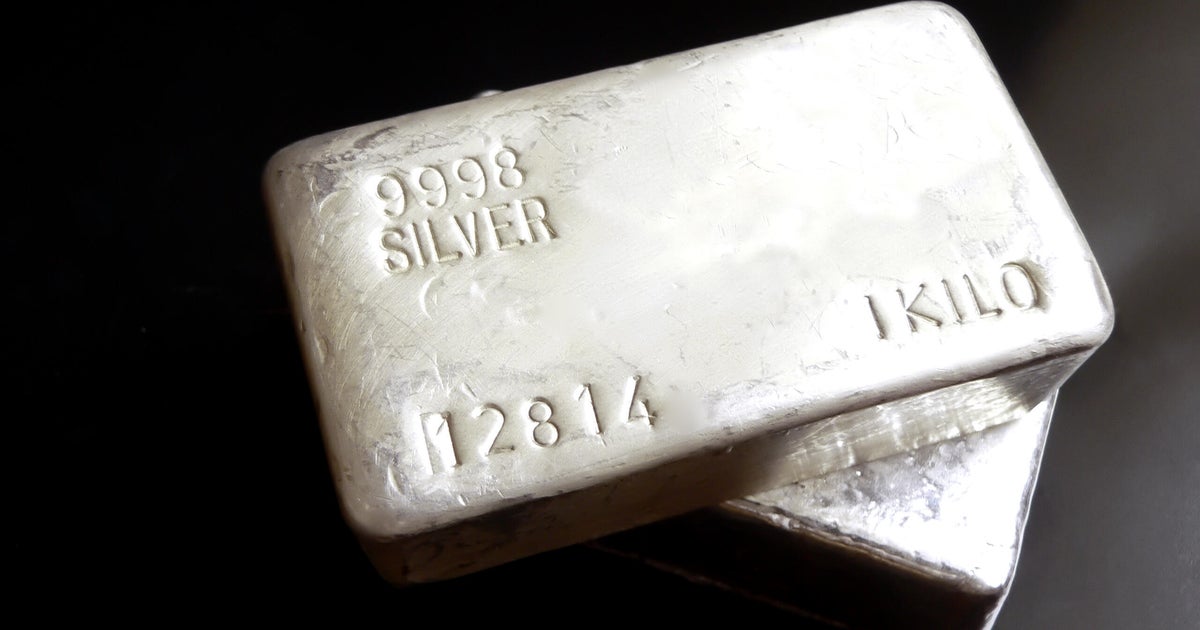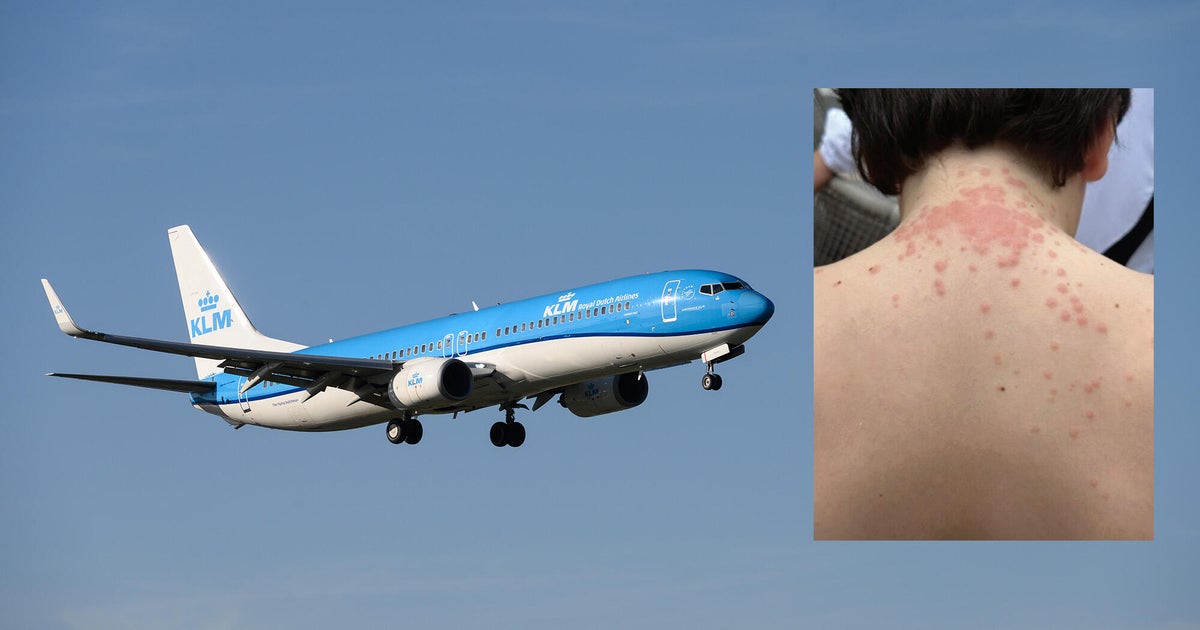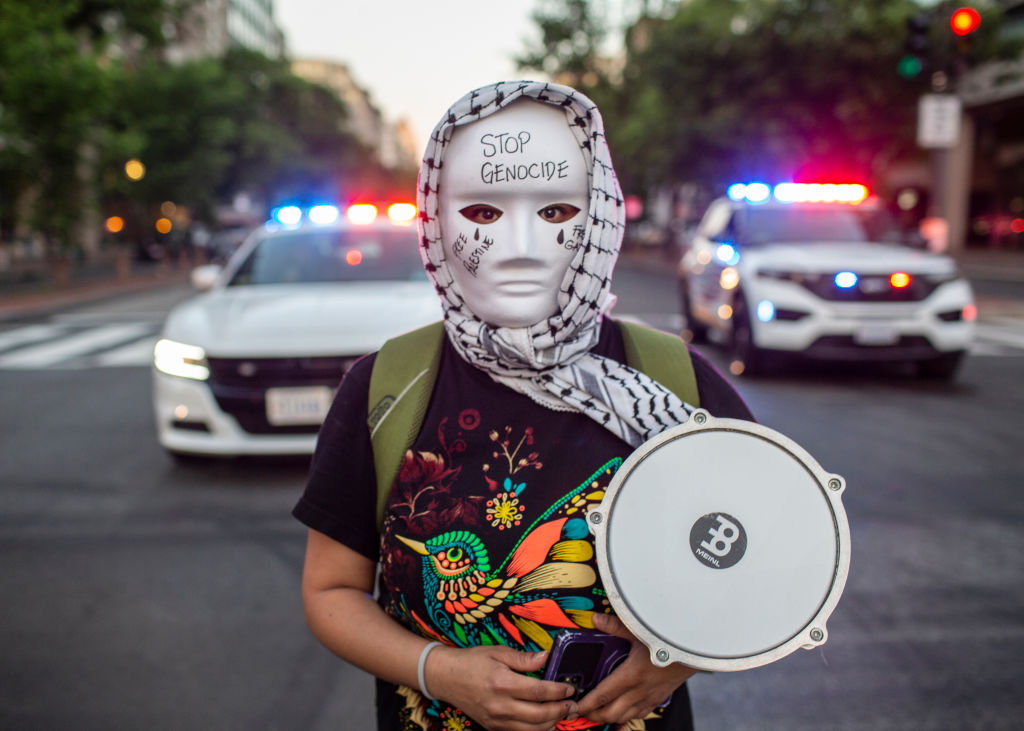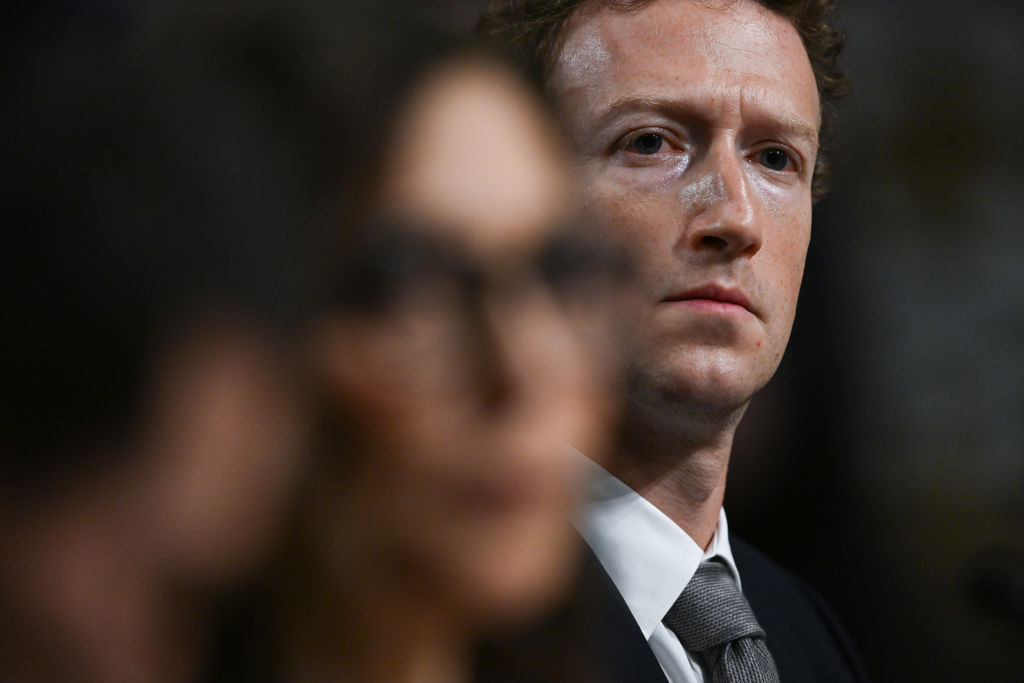Masks are back in high demand: "We can't keep them on shelves longer than a day"
Mask shortages could loom once again as the highly contagious Delta variant continues to spread across the U.S. and more individuals start to heed renewed government advice to wear masks indoors and in high-transmission settings again.
Some cities, states and businesses have implemented mask mandates, too, helping to drive up sales of cloth and surgical masks as well as medical-grade respirators, once reserved for hospital and frontline workers.
Demand for masks, as well as different mask varieties, has soared over the past few weeks in tandem with a sharp rise in COVID-19 case numbers tied to the Delta variant of the coronavirus, according to manufacturers and market experts.
Some retailers first noticed the uptick in late July, after the Centers for Disease Control and Prevention encouraged even vaccinated individuals to wear masks in public indoor settings again as breakthrough infections were reported among vaccinated people.
"It's going crazy now. We are ramping up at a feverish pace to meet demand. I think people are finally getting the message that a higher grade of mask is needed to help protect people," Brian Wolin, CEO of Protective Health Gear, a New Jersey-based manufacturer of N95 masks, told CBS MoneyWatch.
PHG is processing "nonstop" orders in volumes that are roughly 200% greater today than even a few weeks ago, he said.
Sales had waned so dramatically once Americans started getting vaccinated that Wolin, also a chiropractor, wasn't sure he'd stay in the business.
"We were worried we weren't going to sustain this business when things quieted down. I am happy we are here to help make a quality-made American product, so no one has to worry about quality," he said.
Demand "through the roof"
Wolin had already scaled back production and, in the weeks preceding the CDC's announcement, was operating with only a skeleton crew.
"We employed in our heyday well over 150 people and we were working 24/7, and then the demand really dropped off when people started vaccinating and dropping mask mandates back in May. Now, when they put in the mask recommendation, it went through the roof," he said.
A year ago, at the height of the operation, hospitals and medical facilities were making most purchases. Today, sales are coming from all corners: Distributors, private medical practices, doctors, nurses and everyday people, according to Wolin.
"At the peak, the general public was happy to let first responders and frontline workers use N95s. Now those guys have caught up and I'm seeing a surge in demand from regular people," he said of his customers.
Wolin is not alone in having to ramp up production again after months of waning mask sales.
Mask sales for the week beginning July 28 were up 51% over the week prior, according to Adobe's Digital Economy Index, which tracks more than 1 trillion visits to U.S. retail sites to help it draw consumer spending insights. Sales rose another 40% for the seven-day period beginning August 4.
Mask sales had been in decline week-over-week since May until the last week of July, according to the same data.
This was true for Michael Sinensky, the CEO of WeShield, a supplier of personal protective equipment including masks, gloves and gowns.
"Things slowed down in the second quarter of this year, but recently, with the Delta variant exploding, demand has been surging," Sinensky said. "We're back to the difficult stage where it's hard to keep up with demand and that's because normal, everyday citizens are now wanting PPE."
It's the additional orders from typical American consumers that's most straining his current supply, according to Sinensky.
"Now that cases are rising, and more people know other people who are getting sick even with vaccines, that's really adding to the panic buying," he said. "That's when things get dicey."
It's difficult for sellers like Sinensky to manage inventory, given how unpredictable the the coronavirus has been. "There was a time when it slowed and you don't want to get stuck with worthless inventory," he said.
Today, however, he's confident that masks will be a part of our daily lives for much of the foreseeable future: "I don't think it's going to be a quick thing. So we're not as hesitant to start stocking supply as we were a few months ago."
"Roaring" demand for kid-size masks
Three-ply surgical masks have been a particularly hot seller for WeShield. "We can't keep them on shelves longer than a day," Sinensky said.
Because masks and materials are becoming scarce again, prices are rising every week. Sinensky now pays 5 cents a mask, up from half a penny two weeks ago. He sells them for roughly 10 cents each.
He's also noticed more mask orders coming from some of the least vaccinated parts of the U.S., including Florida and Texas.
Masks provide a particularly important layer of prevention for children who are too young to be vaccinated as they gear up for the back-to-school season. Parents stocking up on school supplies for their kids are adding masks to their shopping carts.
George Hartel, chief commercial officer of SchoolMaskPack, which makes and sells five-packs of masks for kids, teens and teachers, said he saw such a dramatic drop-off in sales early this year that he was preparing to exit the mask business altogether.
"We were going to leverage our new customer acquisitions and start a brand of kids apparel, but in the past three weeks demand has come roaring back," Hartel said. "It's at the same level if not higher than when it peaked last year in July and August."
On average, consumers are spending $50 and up per order, according to Hartel, as they stock up for coming school year.
"We had an excess, like many suppliers," Hartel said. "But at the moment it seems like we're on pace to get close to clearing that."





